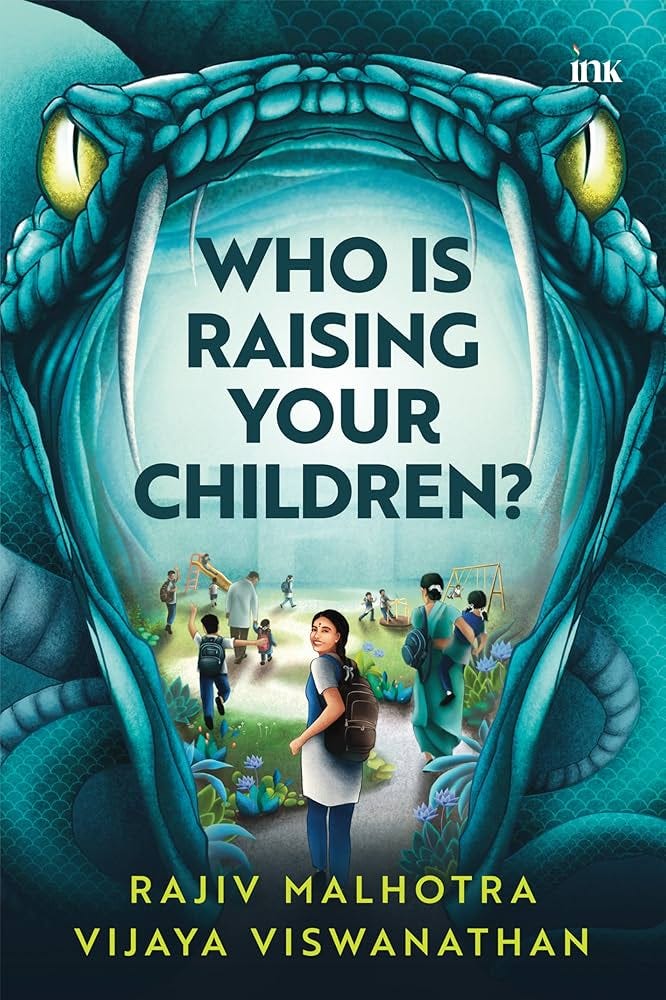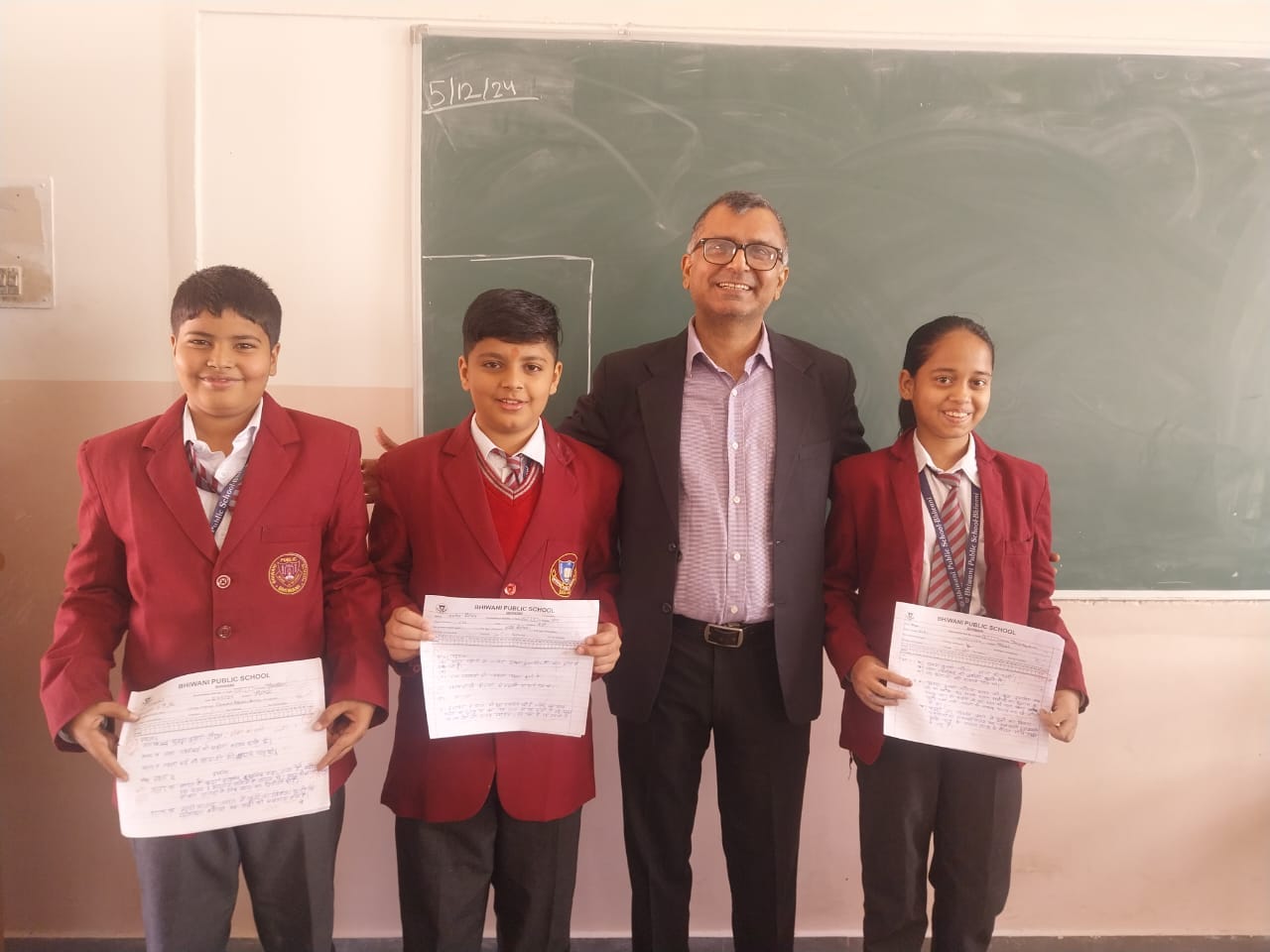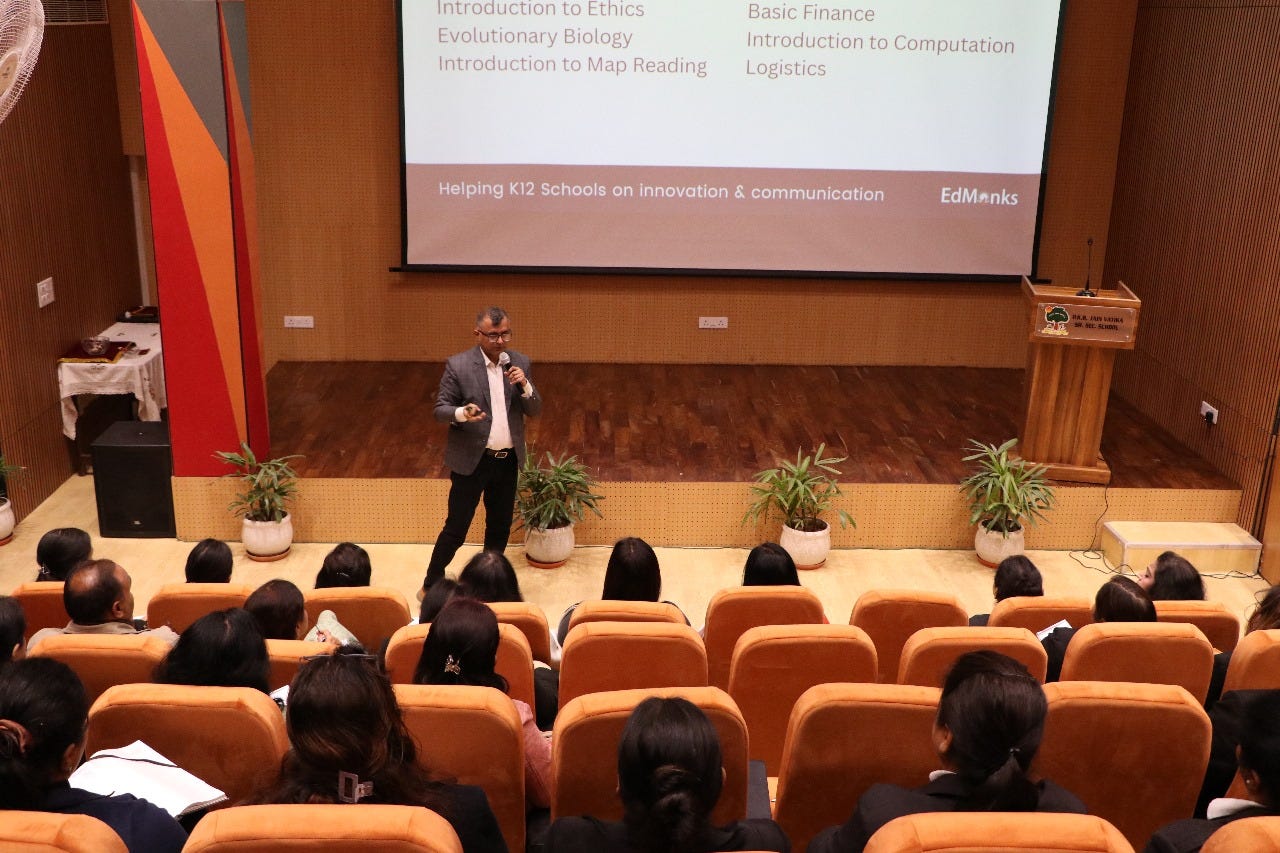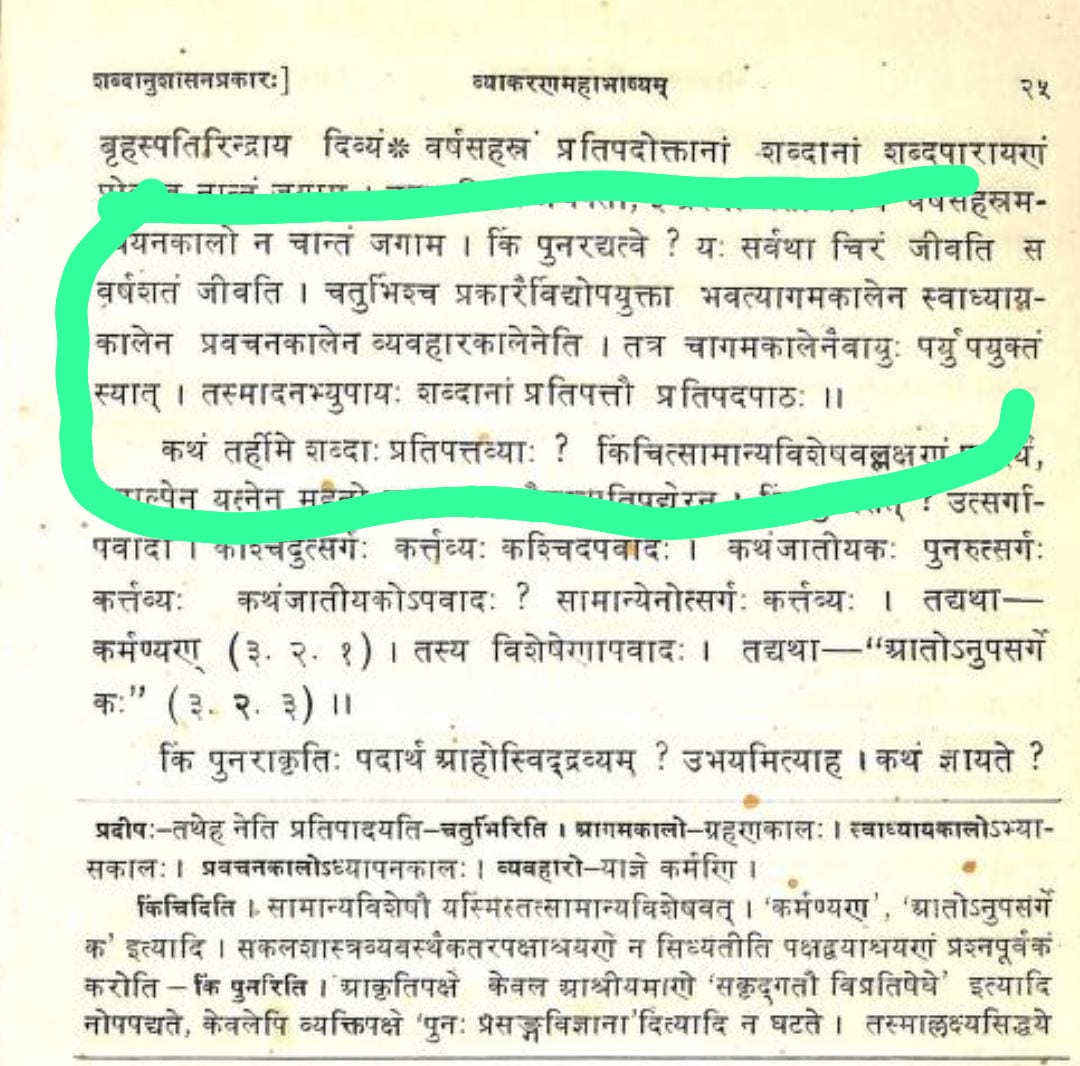3 Learning Strategies from our Ancient Sanatana Shastras
Challenge - 2 | Theme - The Shastrartha
Join 472 School Innovation Enthusiasts
Get ready to explore the following three learning strategies mentioned in our ancient Sanatan Shastras
2 step learning Process by The Taittirīya Upanishad
3 step Learning Process by Anonymous
4 step Learning Process by Maharshi Patanjali's Vyakaran Mahabhashya
When 14 year old children from India participated in PISA test in 2009, we ranked 73 out of 74 participating countries.
Do you see, the penultimate position, 73 out of 74?
Why such a bad performance?
Our Political Parties called it a game by global powers to malign Indian Education, and India stopped participating in it since then.
Numbers indicating to similar situation were found by the ASER reports in 2019, one by a local NGO, and we again denied it by calling it an international influence of global powers on Indian NGOs.
While I do not deny that there is a fair chance of maligning Brand Bharat and influencing NGOs by global powers - read this book
But we also cannot deny that there are innate challenges.
Learning levels of students are significantly low in Indian Schools, both in government and private schools.
Schools cannot fail a child till 8th by law, so they keep flooding them with marks, and most parents do not know a thing beyond marks and the learning of child suffer.
What If school leaders knew strategies that could make a significant change in the learning capabilities of students?
What if a parent can apply these strategies even at home?
What are these strategies and can schools and parents collaborate upon these strategies
and that is why
I want to share the following 3 strategies from our Shastras to transform learning for your children.
If implemented well in our schools, these learning strategies can transform our next generation.
The three Strategies are
Swadhyaya Pravachanam Cha by The Taittirīya Upanishad
Circle of Learning by Anonymous (I heard it long ago in some podcast)
4 Kaals of Learning by Maharishi Patanajali
Are you ready to learn about these 3 strategies?
Will you promise that you will apply them in your class, in your school, or at your home?
I have found that these strategies are for life and can be used by adults too to learn new things or to improve upon what they already know
Now lets start with the
#1 - Two Step Learning Process from Taittirīya Upanishad
You may have observed that with the advent of the internet, now we discover that many a times, some idea that was being associated with a westerner, have already been mentioned in great depth in our ancient texts
One such thing that I was teaching in almost all my workshops for school Leaders, was the Feynman way of Learning
where Richard Feynman, one of the creamy layer nobel laureate, told that If you want to learn something better, learn it in a way that you are going to teach it.
Now suppose, you are teaching your child or your student in a way that they can actually teach that topic to a whole class
or even if one is able to teach it to one single student,
do you think, this child will perform better on that topic?
Suppose a school leader can implement a SOP that a group of student need to teach at least one topic to the class to get to the next level
Will the overall class perform better?
For long, I taught this in my workshops, how a school leader can implement that in a class
but then I learned about
स्वाध्याय प्रवचनं चIn Taittirīya Upanishad, there is a story that the students are graduating from a university and the kulapati (the vice chancellor) is giving a departing speech
and in that speech,
he mentions that dear students, we have already taught you what we were expected to
but now you will need to go away from the Gurukul (the school/college) and work in various streams of life
and you will face new challenges, and will have to learn new things and then you should remember
स्वाध्याय प्रवचनं च means when ever a new challenge comes, you will be expected
स्वाध्याय Swadhyaya = swa (self) + adhyaya (study)So the first thing is to learn it on your own,
but then the Kulapati mentions further and Cha means ‘and’
प्रवचनं चmeans after you have learned it with swadhyaya, you also need to do the pravachanam (i.e teach it to other people)
I recently did a pilot project in a school and when I found that the performance of children improved like never before.
When I realised the students from the bottom strata started performing at the top
I decided to share all my learnings and hosted a full day workshop for school Leaders (Owners, Principals, Coordinators) and shared it all.
And you can have a look at the testimonials that these school leaders gave. It certainly made me believe more in my content.
and now I am building a course based on this content so that any school leader sitting anywhere can learn about School Innovation Pentagon Framework.
So, I am walking the talk.
I believe, with this simple learning strategy,
a school leader, an educator or a parent can teach young kids the practice of Swadhyaya Pravachanam Cha
But ironically, our schools depends upon adhyapan and not swadhyaya, children are not being asked to learn on their own,
without exception, every student is being taught lessons and no one is being asked to self study and ask question
Can you commit to join hands with us to write a SOP on how a school can implement this 2 step learning strategy in their classroom?
Now let’s explore what is mentioned in the next strategy
#2 - Three step of Learning
This strategy I learned long ago may be from a YouTube Video by someone, or may be in some conference (eventually I do not recall the source, but the learning stayed with me)
and I now call it Circle of Learning, because it is essentially a loop
Here the three steps are
Swadhyaya
Chintan
Sangati
So you may notice, the first step again is Swadhyaya here, ‘self study’,
but then in here they talk about Chintan, means ‘Think about it’
and when you have studied it and you have thought about it, you must know what you know and what you do not know about it
and so you must now discuss it with other people, it can be an individual or a group
and then you might get some new queries
and again you follow
Swadhyaya
Chintan
Sangati
and you keep doing that till you are done with that topic.
As a school leader, have you given a space to Sangati in your Pedagogy?
Will you try making one?
Make a comment now to affirm your committment. Do you have the courage?
and now I am going to tell about the third strategy
I was introduced to this very recently by Dr Umesh Vashishtha and I do not have words to share my happiness.
Dr Umesh Vashishtha is a PhD in Sanskrit and is a Assistant Professor in a college in Haryana. He has in depth knowledge in our ancient scriptures and has an active interest in Gurukul Education.
Suddenly, after knowing about this 4 step learning, now it is way more clear to me and from here onwards, I am going to teach it in all my programs
Are you ready to learn about it too?
Then you should remember the first step, you do not just need to self study, you need to pravachan (teach) it too.
Do you agree to make a committment to yourself ‘Yes, I will learn about these ideas and If I like them, I will teach it to others’ in the following 2 or more ways
You may put a comment on this article
You may share this article on your social Media
You may also just learn it and teach it to at least 10 people
You will share this article in your whatsapp groups/email lists of school leaders/parents/educators
you may also give this article a link from your website/newsletter
#3 - Four Kall of Learning
In the Vyakaran Mahabhashya by Maharishi Patanjali, you can read about the 4 kaal (time zones) of learning
Here are the 4
Agam Kaal
Swadhyaya Kaal
Pravachan Kaal
Vyavhaar Kaal
The first one, the Agam Kaal, is when you are introduced to a thing. It is where you made up your mind, whether you want to learn it or not. It is where someone inspires you or someone guides you.
For example, right now I am introducing you to Learning Strategies. This is an Agam Kaal for this topic for you.
Not every reader will further choose to work on it, but probably you will and if you actually start exploring these strategies that will become your swadhyaya kaal.
and if you see it at my end, when Dr Umesh Vashishtha was introducing it to me, that was the Agam Kaal for me, and then I started exploring it, checking it on my earlier knowledge
and right now, I am trying to tell people about it, so for me now it is my Pravachan Kaal, I am talking about it, I am teaching it.
And then, when I start executing it in my day to day life, or lets say I became the expert on Learning Strategies and just talk about it, I live and breathe these strategies, do you think I will no better about these strategies.
No doubt on that.
Do you think I will know more about it, But of course.
Do you think you can learn better using these strategies? ‘Hell Yes’
Do let me know, how do you like these strategies and how do you plan to teach it to your students/children?
How do you plan to execute it on your own self?
Will you do Pravachan on whatever you know?
Key Takeaway on Learning Strategies
If you notice, in all 3 places, never you lost sight on ‘Swadhyaya - the Self-Study’, try executing a plan on it.
Would you care to partner with us to build a SOP in a school to deploy ‘Swadhyaya’?
We see the three strategies as here below
Swadhyaya + Pravachanam
Swadhyaya + Chintan + Sangati
Agam + Swadhyaya + Pravachanam + Vyavhar
So technicaly the one by Maharishi Patanjali is a wholesome picture of the learning strategy, there are many more nuance in it, like when to deploy which strategy?
Anyways, I hope you liked this article and in the next one on next Friday 9 AM Indian Standard Time, I will be releasing, our next topic, where I will talk about why do we need to change schools? What can be some Disruptive Innovation Ideas that we should deploy in schools?
Should we remove schools? or is it some new structure, a new mechanism, that we should explore?
Until then, do not forget to comment and share, this will help us reach more like minded people.
See you next Friday.














To implement the strategy, teachers should be trained to create two lesson plans:
1. The first lesson plan focuses on Agam Kaal (introduction) and Swadhyaya Kaal (self-study at home).
2. The second lesson plan covers Pravachan Kaal (interactive teaching) and Vyavhaar Kaal (experiential learning and practical application in life).
The first lesson plan should be designed to facilitate introduction (Agam) and self-study (Swadhyaya), while the second should be feedback-driven (Pravachan) and based on collective experiential learning (Vyavhaar).
This SOP aligns with Patanjali’s timeline-based guidance and is rooted in the philosophy of the Taittirīya Upanishad:
"Swadhyaya Pravachanam Cha"—emphasizing self-study (Swadhyaya) and teaching (Pravachan).
The structured Circle of Learning integrates:
- Swadhyaya (self-study)
- Chintan (reflection during Agam Kaal, Swadhyaya Kaal, and Pravachan Kaal)
- Sangati (collaborative learning with peers in the classroom)
Amazing learning. Thanks for sharing Anupam.